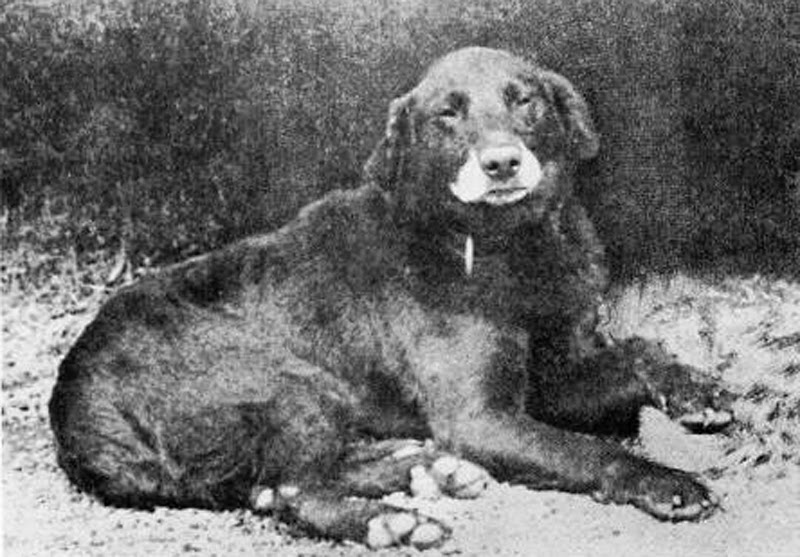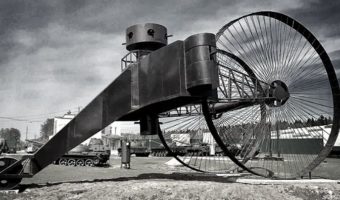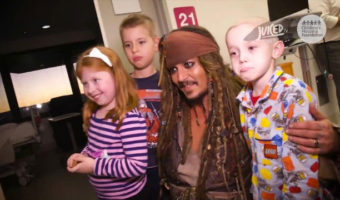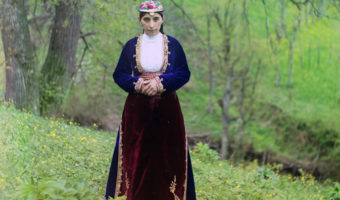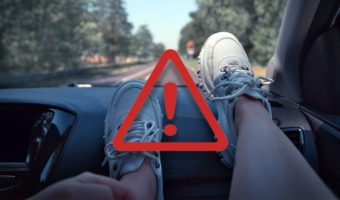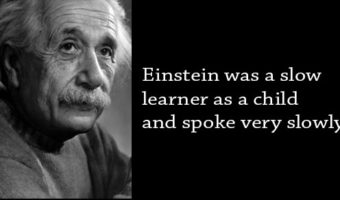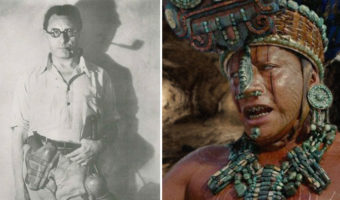Modern Labrador Retrievers Can Trace Their Ancestry To The Buccleuch Avon
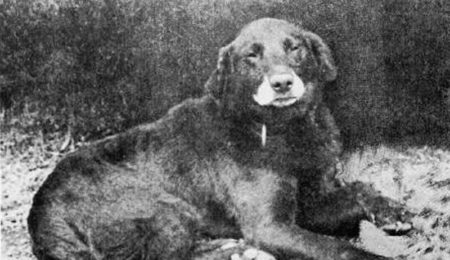
In the 1830s, one of the first people to import dogs on estates in the Scottish borders from Newfoundland, was Walter Francis Montagu Douglas Scott, the 5th Duke of Buccleuch. He used them as gundogs because they were excellent at retrieving. These Labrador retrievers, as they are known today, had another advocate, the 2nd Earl of Malmesburry, who bred them for duck shooting purposes. He bred them on his estate in Heron Court, South Coast, because of their expertise in water fowling, a tail ‘like an otter’ and their close coat that turned water off like oil.
During the early 1880s, the 3rd Earl of Malmesbury and the 6th Duke of Buccleuch met at a shooting party. Lord Malmesbury gifted the first two entries in the Stud Book of the Duke of Buccleuch Labrador Retrievers, to the 6th Duke. These two dogs were mated with bitches that were carrying blood from those imported originally by the 5th Duke. The breeding developed a strong bloodline that begun with Buccleuch Ned in 1882 and in 1885, the Buccleuch Avon.
All Buccleuch Labradors trace back to the first imported dogs. They eventually started maintaining a kennel of 30 to 40 dogs that had keepers responsible for training them. Lord George Scott, the youngest son of the 6th Duke, managed the breeding programme.
 The Tale Unbound Loyalty- HachikÅ, a Dog Who Waited for 9 Years for His Master’s Return
The Buccleuch Labradors were bred for work purposes entirely at the time but their bloodline has led to the ancestry of many champions through the years. This includes FTCh Flapper, the first Labrador that was ever placed at a retrieval trial in 1906. The traditional Buccleuch Labrador had a tender mouth, a good nose and an intelligent and courageous temperament. They often have shorter heads than an average Labrador; they have a thick double coat and normally have an ‘otter tail’. The pure strain only throws black puppies.
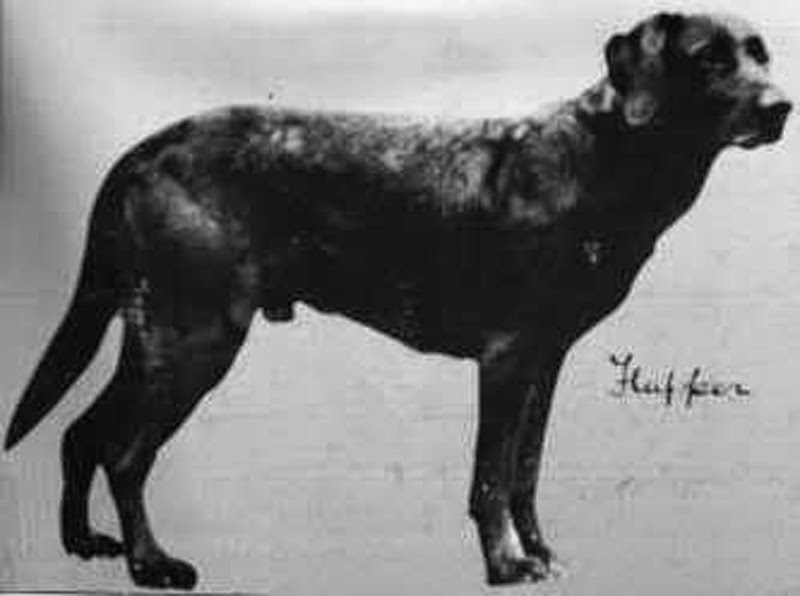
By the 1920s, the kennel had 150 dogs. The 7th Duke was however not keen on maintaining the line and they didn’t import any new dogs between 1890 and 1930. This was because of the Sheep Protection Act that was introduced in Newfoundland and other quarantine restrictions. The war started in 1938 and then a distemper epidemic hit in 1948 and this took toll on the kennel, which was substantially run down. The then Earl of Dalkeith, who later became the 9th Duke, together with  a full time dog handler made some progress at the time and made use of Vaulter, a dog that displayed most of the old characteristics; the broad head, short otter tail and thick double coat. Most of today’s Beccleuch Labradors can trace their ancestry to him.
 Meet The Two-Legged Dog, Faith, Who Is An Honorary Sergeant In The U.S Army
After election of the 9th Duke to the House of Commons, the kennel responsibility moved to the head gamekeeper. The Buccleuch Kennel is in fact almost unique since the original pure strain has been strictly maintained since the 1830s, when the breed reached its shores. Litters have since been produced to meet mainly the needs of keepers across the Queensberry, Langholm, Bowhill and Boughton Estates. The 9th Duke was the Patron of Scotland’s Labrador Club since 1952.
David Lisett was appointed as the dog trainer and handler by the then Earl of Dalkeith, who later became the 10th Duke, Richard Buccleuch. The breeding programme has since been re-introduced  at Queensberry and it caters for the maintenance and enhancement of the Buccleuch Labrador bloodline. They use the current Buccleuch stud dogs that have resulted in Dogs like the Buccleuch Opal who made Field Trial Champion in just 4 trials.
[source: www.drumlanrigcastle.co.uk]














